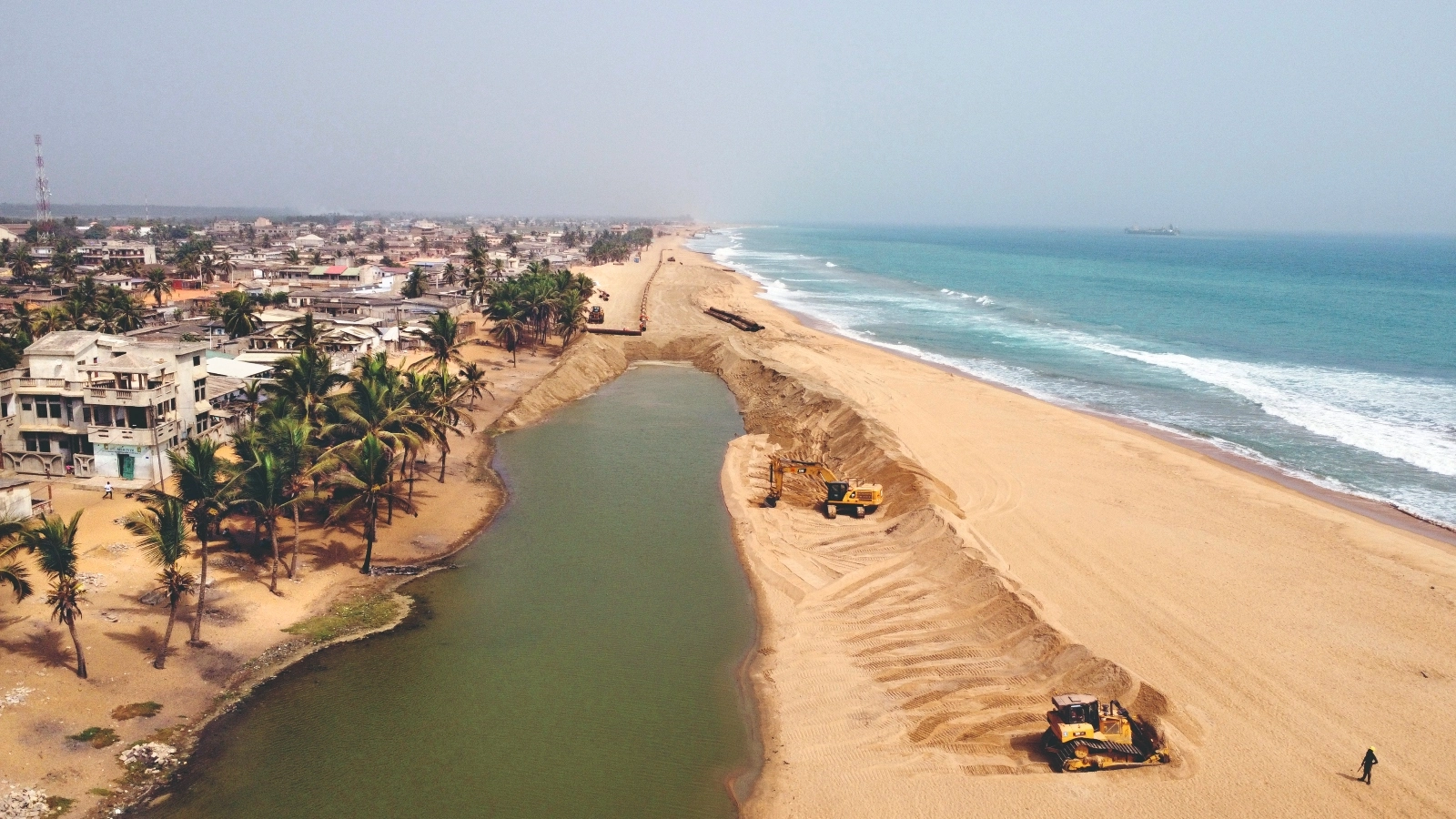When governments find themselves fighting the threat of coastal erosion, their default response tends to be pretty simple: If sand is disappearing from a beach, they pump in more sand to replace it. This strategy, known as “beach nourishment,” has become a cornerstone of coastal defenses around the world, complementing hard structures like sea walls. North Carolina, for instance, has dumped more than 100 million tons of sand onto its beaches over the past 30 years, at a cost of more than $1 billion.
The problem with beach nourishment is obvious. If you dump sand on an eroding beach, it’s only a matter of time before that new sand erodes. Then you have to do it all over again.



I understand the propaganda, but why is this better than building affordable housing in places with low risk of storm surge?
The reclamation process itself is half-baked too. Do you know where the sand for these reclamation projects comes from and how dredging that sand impacts coastal erosion?
Because for some strange reason most politicians arn’t rushing to dissolve their constituencies and tell the people who’s family’s have been living there for generations that they should just all be driven from their homes because their cities existence puts imposes a small cost on the people who really matter. Can’t imagine why.
I also don’t see how this makes it hard to build more affordable housing on the other side of the country. We need wood, anti-NIMBY legislation, and decent government investment in its people for that, not barges and pumping equipment.
Typically, i’d imagine the sand comes from the place it was eroding too, as well as local navigable or flood channels. Most of the projects i’ve seen the Core of Engineers do have used slurry pipelines from dredges a mile or less away, but I’ll admit that barging it in from further afield is also possible.